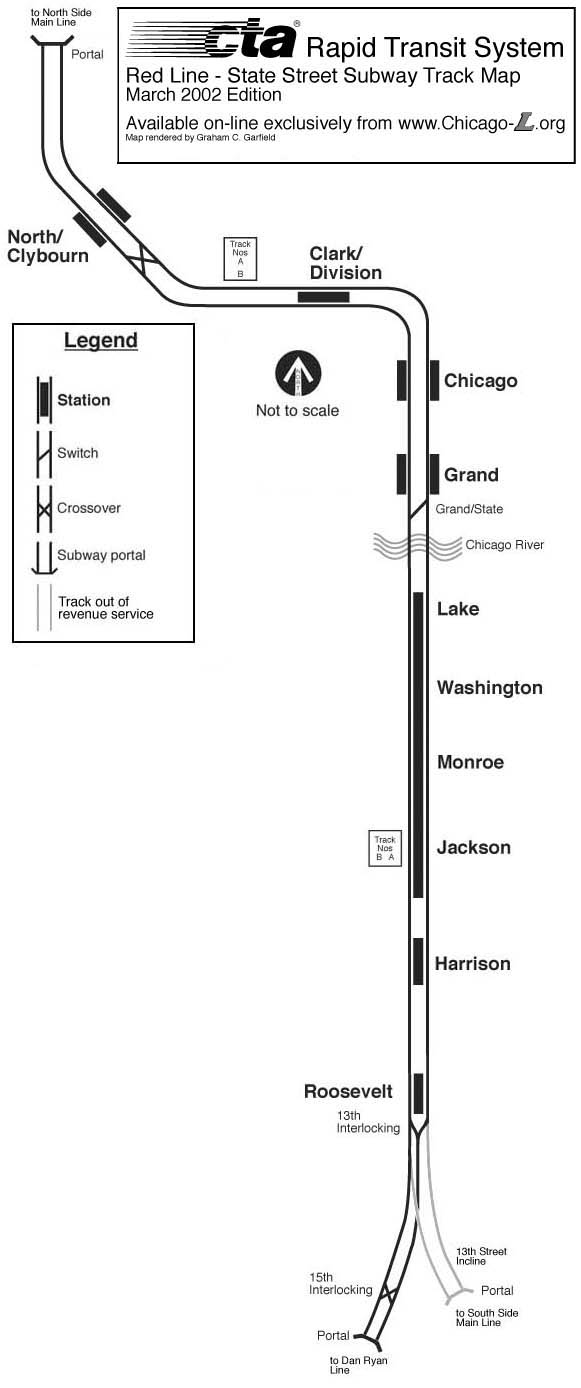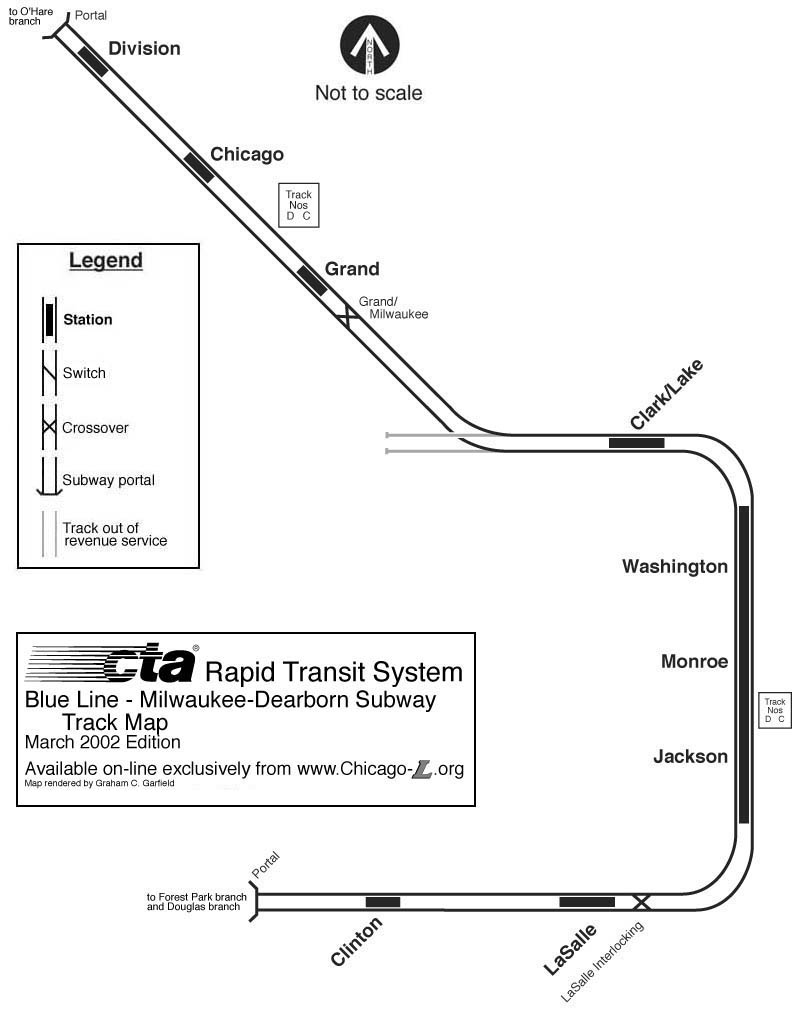- Joined
- May 25, 2006
- Messages
- 7,034
- Reaction score
- 1,875
Some of Chicago's subway station platforms are joined together like that.
I've never understood this. Just one huge platform with closed off sections?
Some of Chicago's subway station platforms are joined together like that.
I've never understood this. Just one huge platform with closed off sections?
But why?!
Why were the (now) Blue and Red Line subways in downtown Chicago built that way? I've never heard an answer for that.
The Red Line platform is/was 3500 feet long (the Blue Line platform is somewhat shorter). Stopping patterns have changed over the years, but for many years there were 8 station mezzanines located mid-block on a 9-block stretch of State Street (for the Red Line), with the 3 north mezzanines serving Washington/State, the 2 middle mezzanines serving Monroe/State, and the 3 south mezzanines serving Jackson/State. A number of years ago, Lake/State was added as a 4th stopping point at the northern end, and then at some point Washington/State was closed, so the Red Line/State Street platform is no longer open continuously from north to south.
The Blue Line/Dearborn Street platform is shorter and has 6 mid-block mezzanines on a 7-block stretch of Dearborn Street, with each "station" (Washington/Dearborn, Monroe/Dearborn, and Jackson/Dearborn) served by 2 mezzanines.


